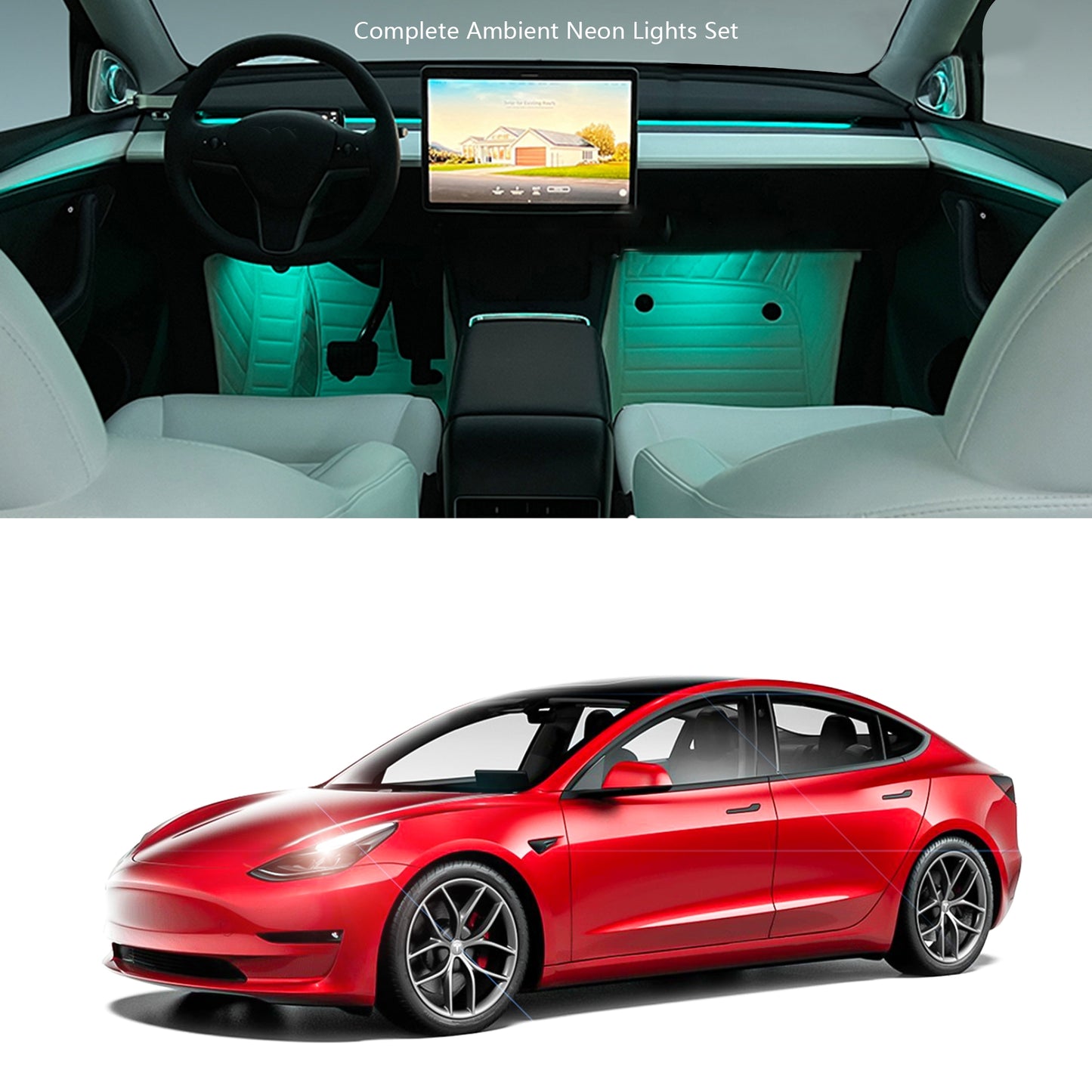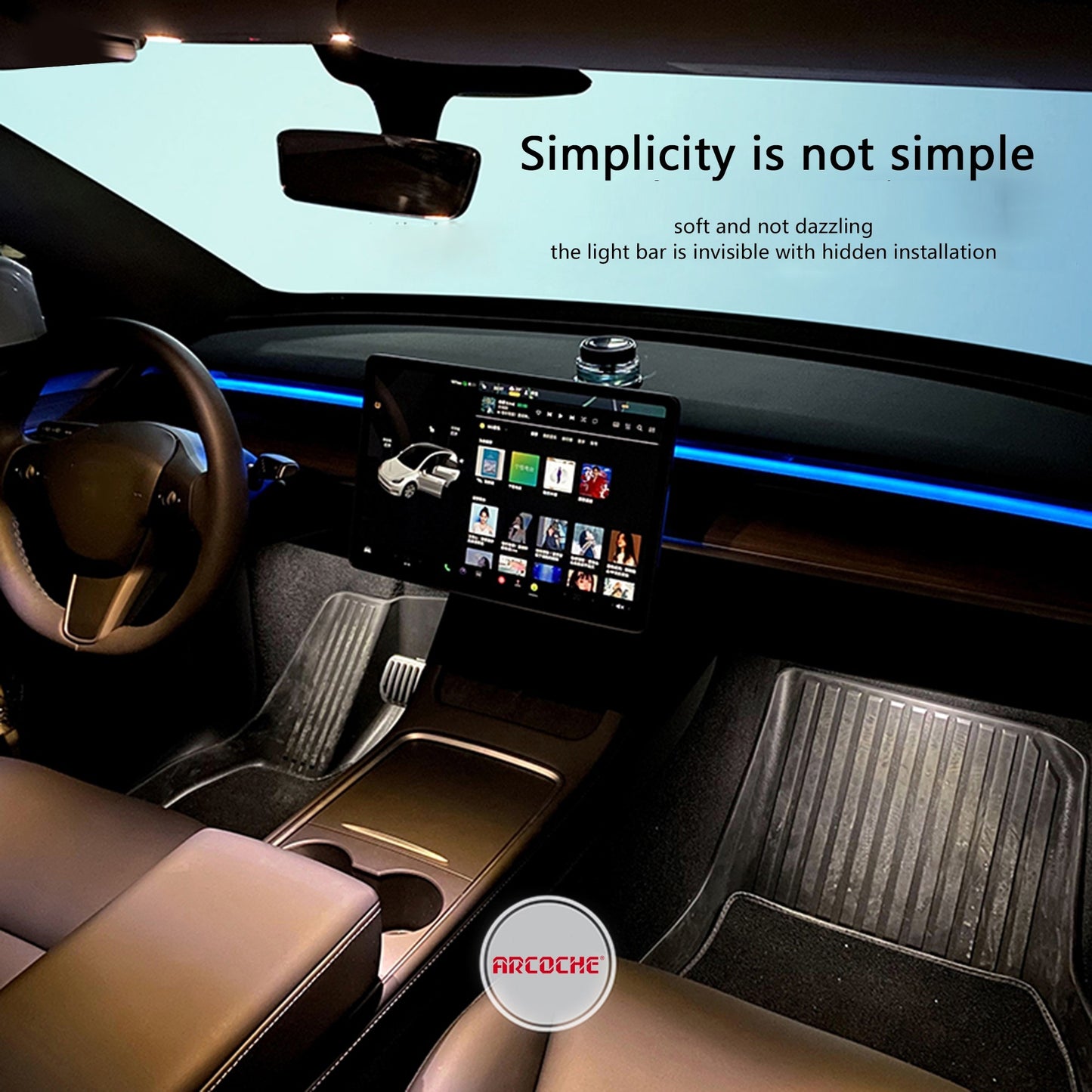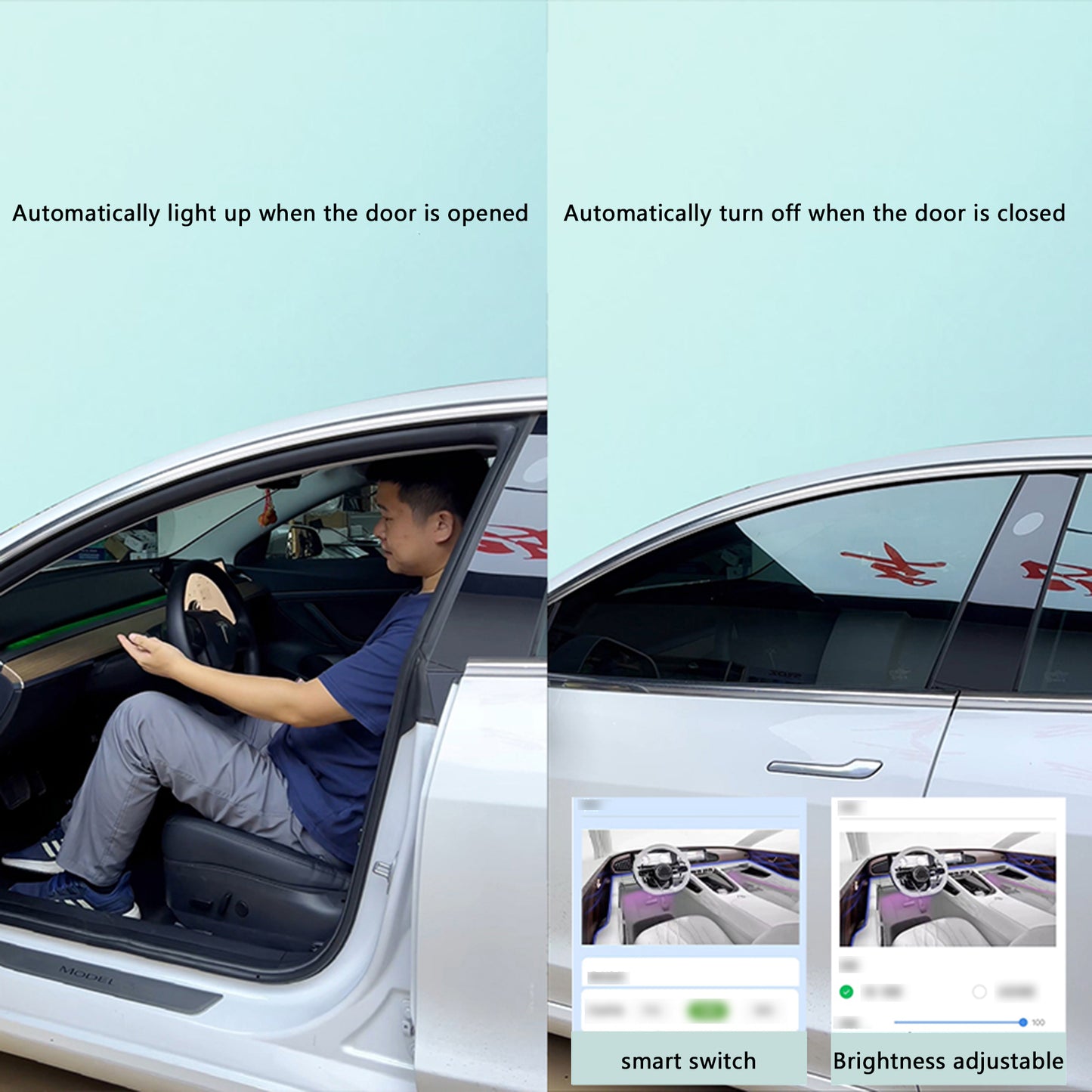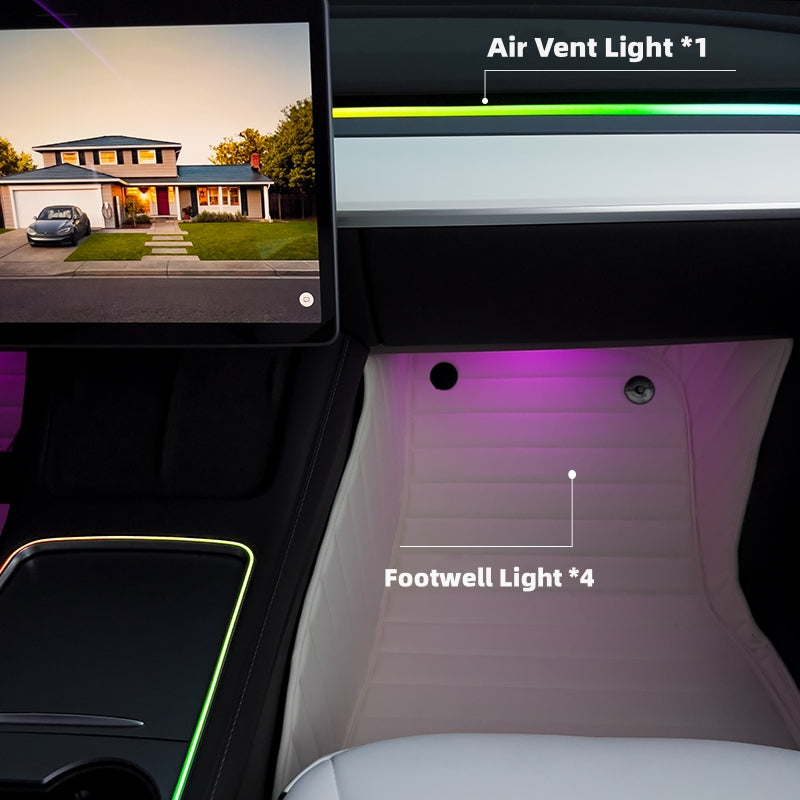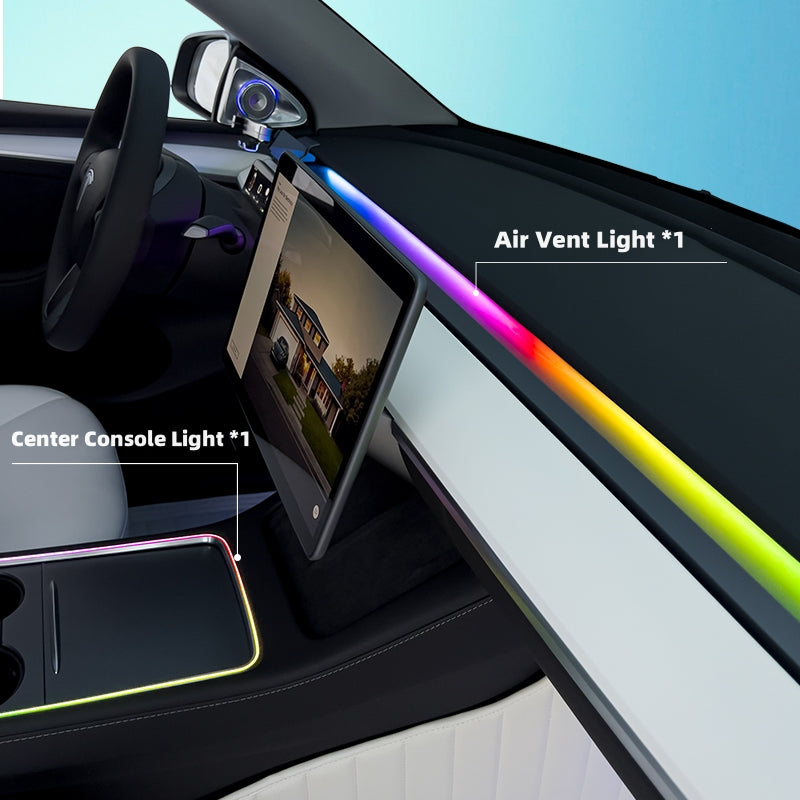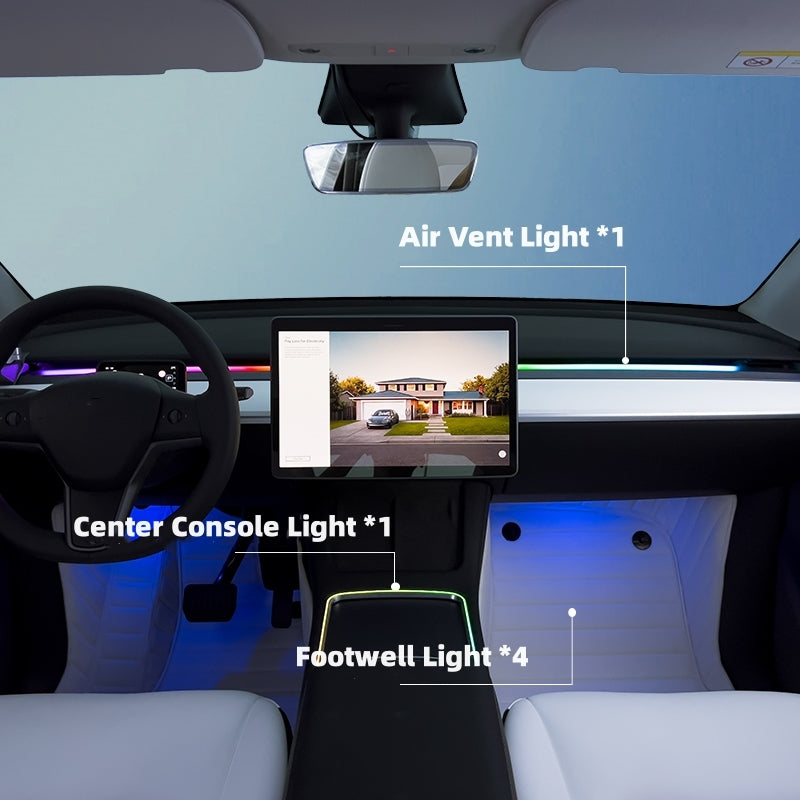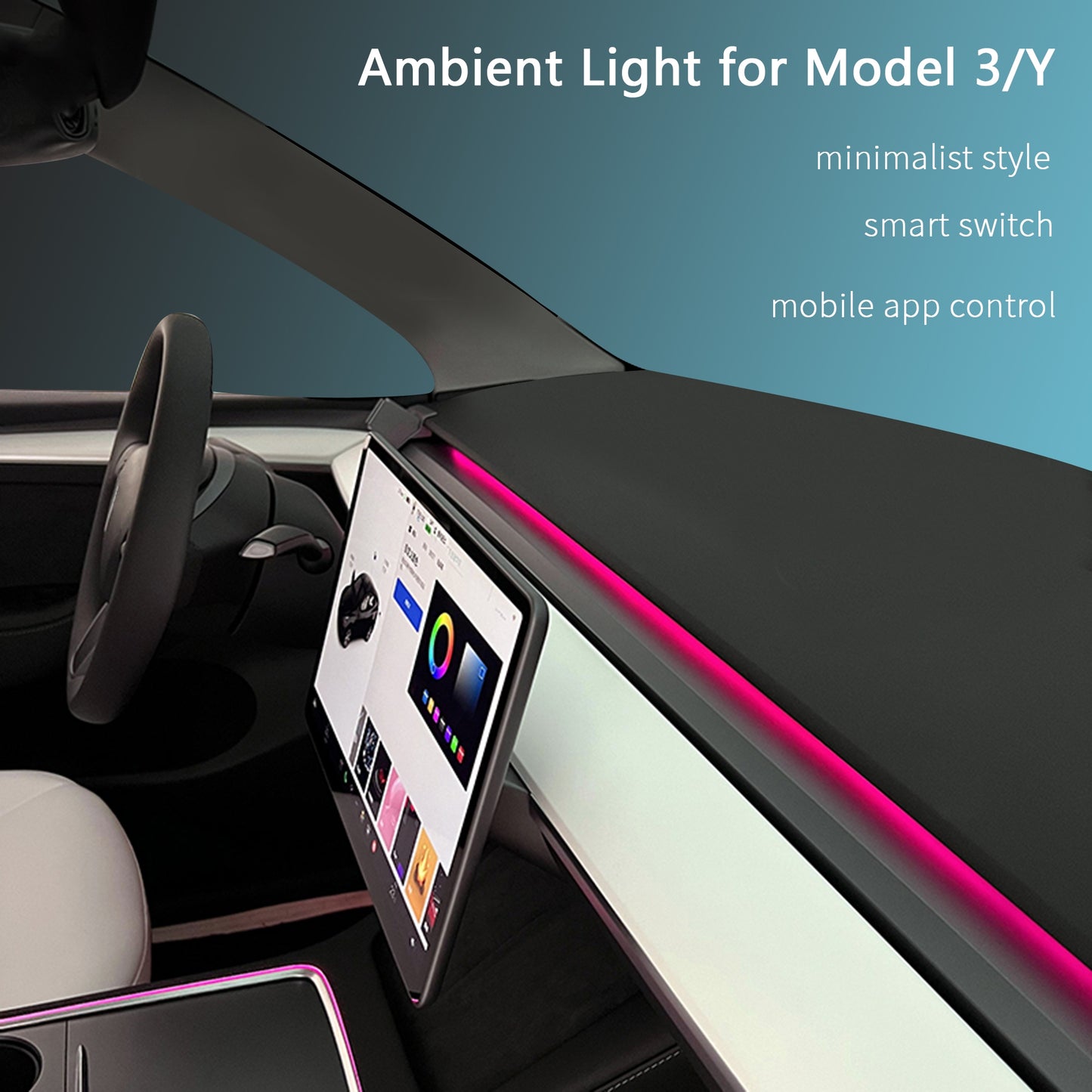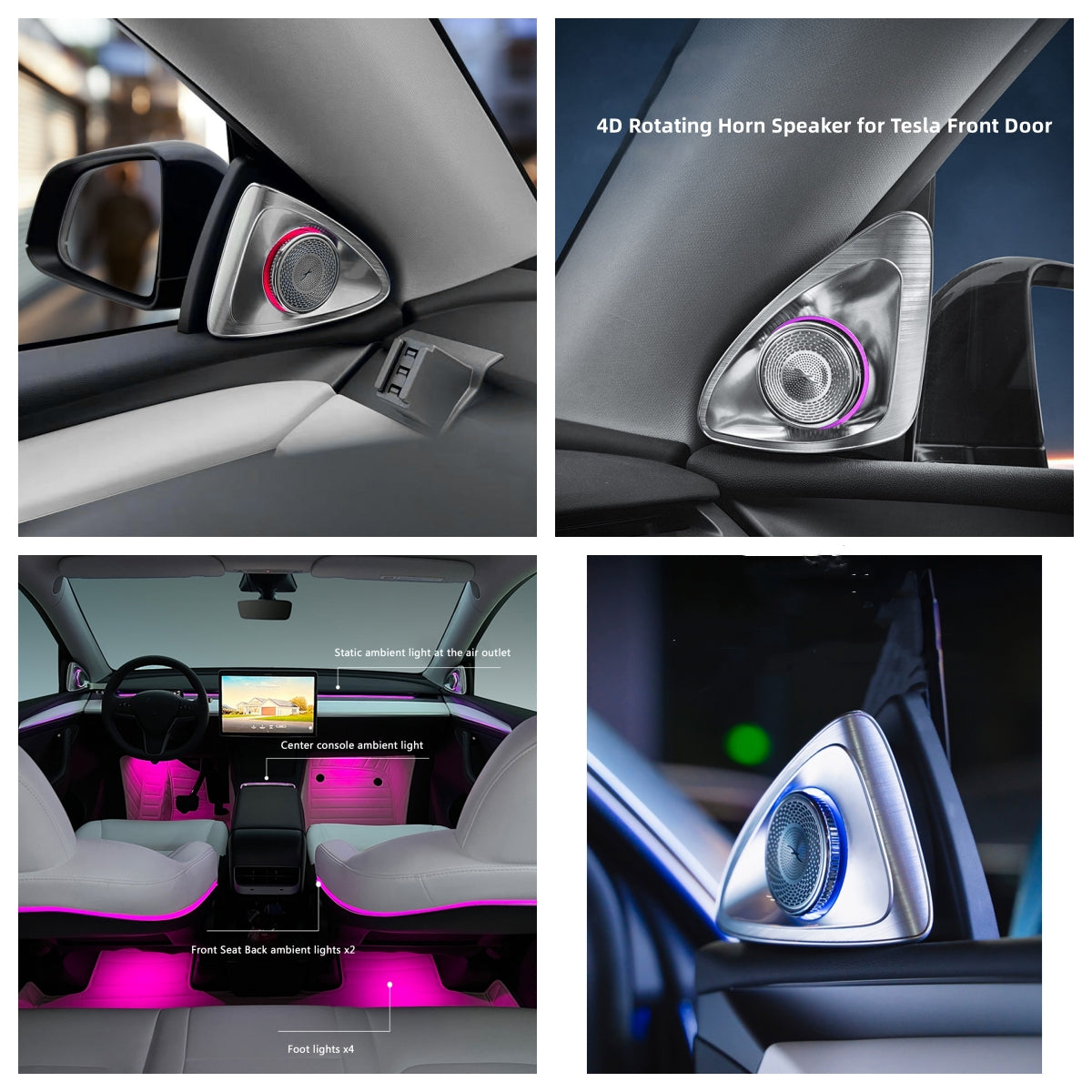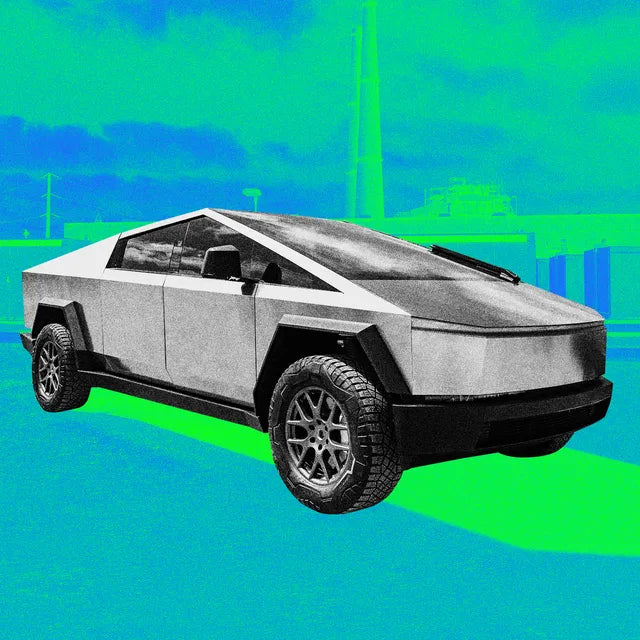
The Cybertruck left an impression but might have passed its prime.
It seems like an eternity since Tesla unveiled the Cybertruck, yet it's only been around a thousand days. Nonetheless, that span feels extensive in the automotive realm, and the anticipation has turned into impatience.
The Cybertruck's journey has been marked by the challenges of a global pandemic, a significant presidential election, ongoing conflicts, and a slew of unfortunate events over the past few years. Elon Musk's involvement with Twitter and controversial opinions, particularly regarding Jewish individuals, have also unfolded during this period, potentially overshadowing the Cybertruck's impending debut.
As the first few Cybertrucks prepare to land in the hands of a select few customers this week, Tesla faces a starkly different landscape compared to 2019. The present terrain involves plummeting profit margins, escalating interest rates, shrinking market shares, and a loss of investor faith that once believed in Tesla's global dominance.
Recent controversies surrounding Musk have amalgamated and spiraled into an intricate web of negative press, creating a convoluted knot of news that most people would rather disregard. If Tesla is banking on the Cybertruck to reverse its fortunes, it might be overestimating its potential.
When initially unveiled, the Cybertruck held a unique position as the sole electric truck in the market. Fast forward to today, and there are at least three competitors, with more on the horizon. This debut coincides with a cooling electric vehicle market, transitioning from early adopters to cost-conscious buyers who are searching for options and coming up short. Industry experts argue that what's necessary for widespread adoption is an affordable and practical mass-market EV—criteria that the Cybertruck fails to meet. Despite this, fervent Tesla supporters remain convinced it will revolutionize the industry.
However, after over four years since its announcement, let's delve into the peculiar history of arguably the most unconventional and challenging-to-produce truck in the world. Grab some CyberBeer, your CyberStein, and get ready for a Cybertruck crash course.
What defines the Cybertruck?
If you've been out of the loop for the past four years (and frankly, I'm envious), the Cybertruck debuted in November 2019 at a lavish event in Tesla's California design studio. As Tesla's sixth vehicle introduction, it was positioned as the company's initial foray into the high-volume and highly lucrative truck market.
However, Musk diverged from the idea of adapting the immensely successful Model 3 into a truck. Instead, he envisioned something straight out of a sci-fi film, reminiscent of Blade Runner. The outcome? A vehicle defined by its angular, dystopian design, deemed impractical, and, depending on perspective, somewhat eccentric in appearance. The stainless steel body highlighted every scratch and fingerprint, while misaligned panels echoed familiar issues seen in other Tesla models. The truck bed's limited capacity failed to impress, and the windshield wiper—a point of contention—left much to be desired in terms of functionality.
Upon revisiting our coverage of the Cybertruck reveal, it's a poignant reminder that initial reactions often hold significant meaning. As highlighted by our former transportation reporter Sean O'Kane (emphasis added):
Despite Musk's prolonged hints that Tesla's inaugural electric pickup truck would resemble something from Blade Runner, a momentary silence of disbelief enveloped the room after the truck emerged on stage. This audience comprised Tesla enthusiasts and customers from across the globe.
Amidst the enumeration of the truck's specifications and features, there were muted expressions of "what the heck?" before the enthusiastic cheering resumed. It was almost as if the audience anticipated a different form of illusion – one where Musk would playfully reveal the authentic Tesla pickup truck, still superior to Ford F-150s but with a slightly less extraterrestrial appearance. (This sentiment appeared to intensify when Tesla's chief designer, Franz von Holzhausen, inadvertently shattered the truck's windows while showcasing their durability.)
However unique it may be, the Cybertruck undeniably commands attention, whether as an object of desire or as a target for mockery. Tesla showrooms are drawing crowds eager to glimpse the preproduction models, while social media platforms buzz with "check out this truck" videos. Everyone wants a selfie with the Cybertruck. But do they truly desire the truck itself?
Yet, a spectacle doesn't automatically equate to sales. Ed Niedermeyer, the author of Ludicrous: The Unvarnished Story of Tesla Motors, labeled the Cybertruck a "meme" vehicle in a recent episode of his podcast, Autonocast. Conversely, his co-host Alex Roy predicted it would be a massive triumph for Tesla. The reality might lie somewhere in between, contingent on Tesla's ability to convert its vast number of reservation holders into actual owners.
As for pricing, the initial 2019 specifications outlined three versions of the Cybertruck, each with varying capabilities and price points. However, if new prices are revealed on November 30th, they are anticipated to surpass these figures significantly. For instance, projections suggest the single-motor version may exceed $50,000, while the tri-motor variant might climb over $80,000. While Tesla has reduced prices on its Model 3 and Y vehicles, the Cybertruck appears destined for the premium market segment, potentially dictating whether it becomes a truck for the everyday or a toy for the affluent.
Originally slated for late 2021, production delays pushed the Cybertruck's timeline to 2022, then further postponed to a hopeful target of 2023. Meanwhile, competitors like Ford and Rivian have already rolled out their own electric pickups. Ford, in particular, aims to produce 150,000 F-150 Lightnings this year.
Describing the Cybertruck with measured opinions proves elusive. This truck evokes passionate responses—it's a love-it-or-hate-it affair, leaving no middle ground. Some call it an "angry triangle," encapsulating the polarizing nature that surrounds it.
Opinions about the Cybertruck vary widely among car designers and observers. Some harshly criticize its appearance, labeling it as "crude" or akin to "a child's toy." Others have been even more scathing, with one describing it as a "low polygon joke" only existing in the dreams of fervent Tesla fans and standing tall on the aroma of Elon Musk's influence.
In contrast, Giorgetto Giugiaro, an iconic car designer behind legendary vehicles, refrains from passing judgment on the Cybertruck's beauty or ugliness. He acknowledges that the truck has its admirers who seek a vehicle that stands out.
Despite criticisms regarding panel gaps and design flaws, there are defenders of the production-ready versions of the Cybertruck. Some observers, like Dave Tracy, found a showroom version to be impressive, even dubbing it "badass." However, the matte black version displayed by Franz von Holzhausen at a recent event faced considerable scrutiny for pronounced panel gaps and perceived haphazard design elements.
The utilization of stainless steel for the exterior has been heavily scrutinized as a major source of production delays. Its difficulty in manipulation, tendency to spring back into shape, and Musk's demand for bulletproof properties have complicated manufacturing.
Musk himself has acknowledged the immense challenges posed by the Cybertruck's manufacturing. He described it as a "huge manufacturing challenge" and expressed concerns about achieving precision due to the truck's sharp-edged design.
Tesla's future growth isn't solely tied to the Cybertruck. Executives suggest the next growth wave will be driven by other vehicles, indicating a more limited initial production volume for the Cybertruck. Musk tempered expectations, highlighting potential enormous challenges in scaling up production and achieving profitability.
The Cybertruck's arrival coincides with a pivotal period for Tesla, facing stagnant sales growth and heightened competition in the EV market. Investors anticipate the truck to reignite interest in Tesla, countering the impact of Musk's online controversies.
However, analysts hold contrasting views regarding the truck's impact on Tesla's future, with some advocating shelving the Cybertruck to refocus on core strengths while others suggest focusing on software products for licensing to other automakers.
The Tesla Cybertruck represents a departure from conventional truck designs, challenging manufacturing norms and customer expectations. Its impending arrival marks a significant day for enthusiasts invested in its success.
--------This article is partly excerpted from The Verge.




